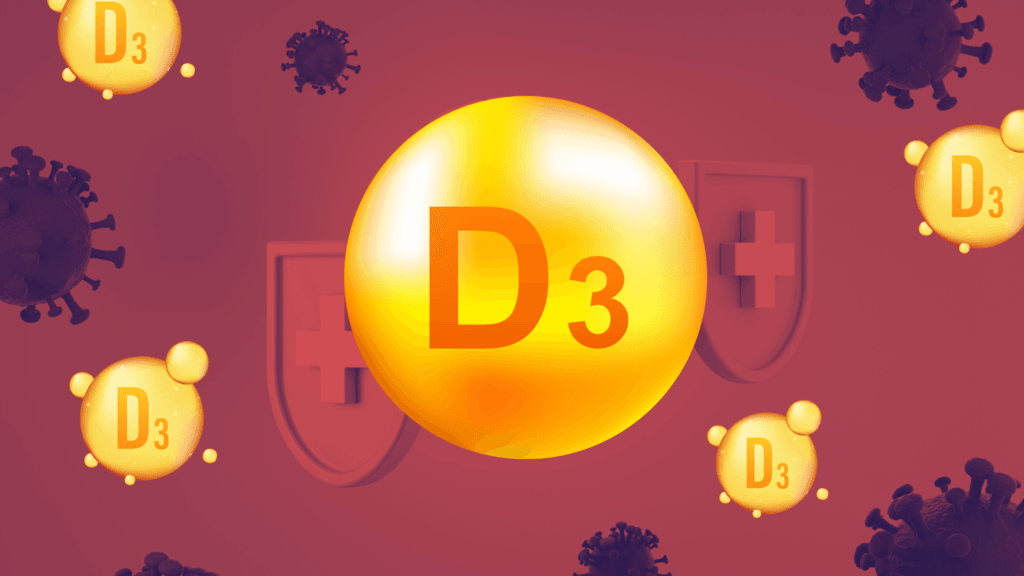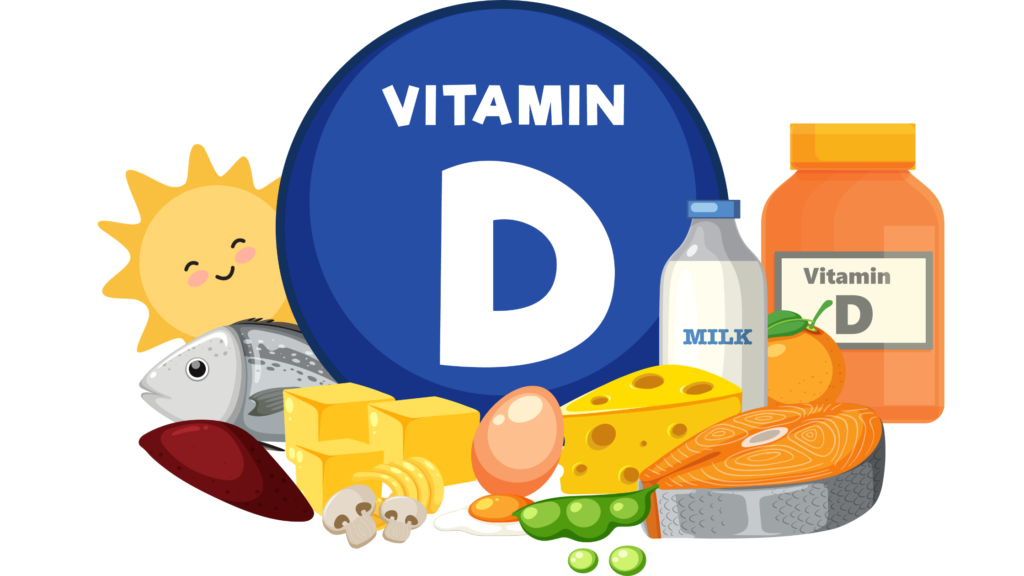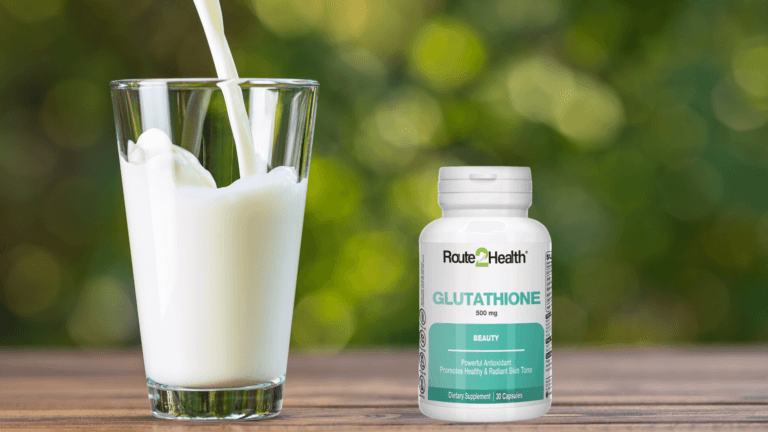
Berdi
urinary Track Health
Is your child getting enough sunshine? While it might sound like a strange question, it’s actually crucial for their health. The sun is a natural source of vitamin D3, a vital nutrient essential for strong bones, a healthy immune system, and overall well-being. However, with increasing concerns about sun exposure and changing lifestyles, many children aren’t getting the vitamin D they need. This blog post will explore the importance of children’s vitamin D and provide five effective ways to boost children’s vitamin D intake.
Vitamin D, often referred to as the “sunshine vitamin,” plays a pivotal role in children’s growth and development. It’s essential for absorbing calcium, which is crucial for building and maintaining strong bones and teeth. Vitamin D is essential for children’s health, particularly in supporting bone growth and immune function. Without sufficient vitamin D, children can develop rickets, a condition that causes bones to become soft and weak. In recent years, there’s been increasing concern that many children aren’t getting enough vitamin D, primarily due to limited sun exposure and poor dietary intake.
Vitamin D3, the most effective form of vitamin D, is crucial for your child’s health. But how can you ensure that your children’s vitamin D is sufficient?

Sunlight is one of the most potent sources of vitamin D3. When your child’s skin is exposed to sunlight, it synthesises vitamin D3 naturally. Modern lifestyles often mean that children spend less time outdoors, reducing their natural vitamin D production. However, it’s important to strike a balance between sun exposure and sun protection. Overexposure can lead to sunburn, which can be harmful.
Research suggests that around 15-30 minutes of midday sun exposure, a few times a week is typically enough for most children to produce adequate vitamin D3. However, this can vary depending on factors like skin type, geographic location, and time of year.
While sunlight is a primary source, dietary intake is also crucial for increasing children’s vitamin D.
Encourage your child to consume these foods regularly to boost their vitamin D levels. However, it’s important to note that the amount of vitamin D in food can vary, and relying solely on diet might not be sufficient for meeting daily requirements.
Incorporating these foods into your child’s diet can be straightforward. For instance, you can serve scrambled eggs for breakfast, make a tuna sandwich for lunch, or offer a piece of grilled salmon for dinner. Regularly including these foods can help maintain healthy children’s vitamin D levels.

Breast milk is the ideal food for infants. It provides all the essential nutrients, including vitamin D, during the first six months of life. However, the amount of vitamin D in breast milk can vary depending on the mother’s intake. Therefore, it’s recommended that breastfeeding mothers take a vitamin D supplement to ensure their baby receives adequate amounts of this vital nutrient.
Regular health check-ups are essential for monitoring your child’s overall health and development. During these visits, your paediatrician can assess your children’s vitamin D levels through blood tests. If a deficiency is detected, they can recommend appropriate interventions, such as increasing sun exposure, dietary changes, or supplementation. Early detection and treatment of vitamin D deficiency are crucial for preventing complications.
Research in the journal Paediatrics shows how regular checkups can help prevent diseases caused by vitamin D deficiency, such as rickets.
For many children, especially those with limited sun exposure or those who are picky eaters, vitamin D supplements are an excellent source of children’s vitamin D. Supplements are particularly useful during the winter months when sunlight is scarce or for children with dietary restrictions or specific health conditions that limit their ability to absorb vitamin D.
Consult your child’s paediatrician to determine the appropriate dosage based on their age and needs. Vitamin D supplements come in various forms, including drops, gummies, and capsules, making it easy to incorporate them into your child’s routine. It’s essential to follow the recommended dosage, as excessive vitamin D can lead to toxicity.
When selecting a supplement, opt for one that is specifically designed for children and meets the recommended daily allowance for vitamin D. Kid’s One Daily by Route2Health is a great multivitamin for kids. It offers a comprehensive multivitamin that includes vitamin D3 and is tailored to meet the nutritional needs of growing children.
Ensuring your child gets enough vitamin D is essential for their overall well-being. By combining sun exposure, a vitamin D-rich diet, and, when necessary, supplements, you can help support your child’s bone health, immune function, and overall growth and development. Remember, it’s always best to consult with your child’s paediatrician for personalised advice.
The recommended daily intake of vitamin D for children varies by age. Generally, infants need 400 IU (International Units) daily, while children aged 1-18 years should get 600-1,000 IU per day.
Yes, sunlight is a natural source of vitamin D. However, factors like skin type, geographic location, and time spent outdoors can affect how much vitamin D your child produces. It’s important to balance sun exposure with dietary sources and supplements if necessary.
Signs of vitamin D deficiency in children can include bone pain, muscle weakness, delayed growth, and in severe cases, rickets. Regular check-ups can help detect deficiency early.
Yes, foods such as fatty fish (like salmon and tuna), egg yolks, and fortified foods (such as milk, cereal, and orange juice) are rich in vitamin D and can help meet your child’s daily needs.
Yes, vitamin D supplements are generally safe when used as directed. They are especially beneficial for children who may not get enough vitamin D from sunlight or diet alone. Always consult with a healthcare provider to determine the appropriate dosage.











©2023 Route2Health®️
NTN: 2229383
AN ASSOCIATED COMPANY OF HIGHNOON LABORATORIES
STRN: 0301999937728

WhatsApp us
